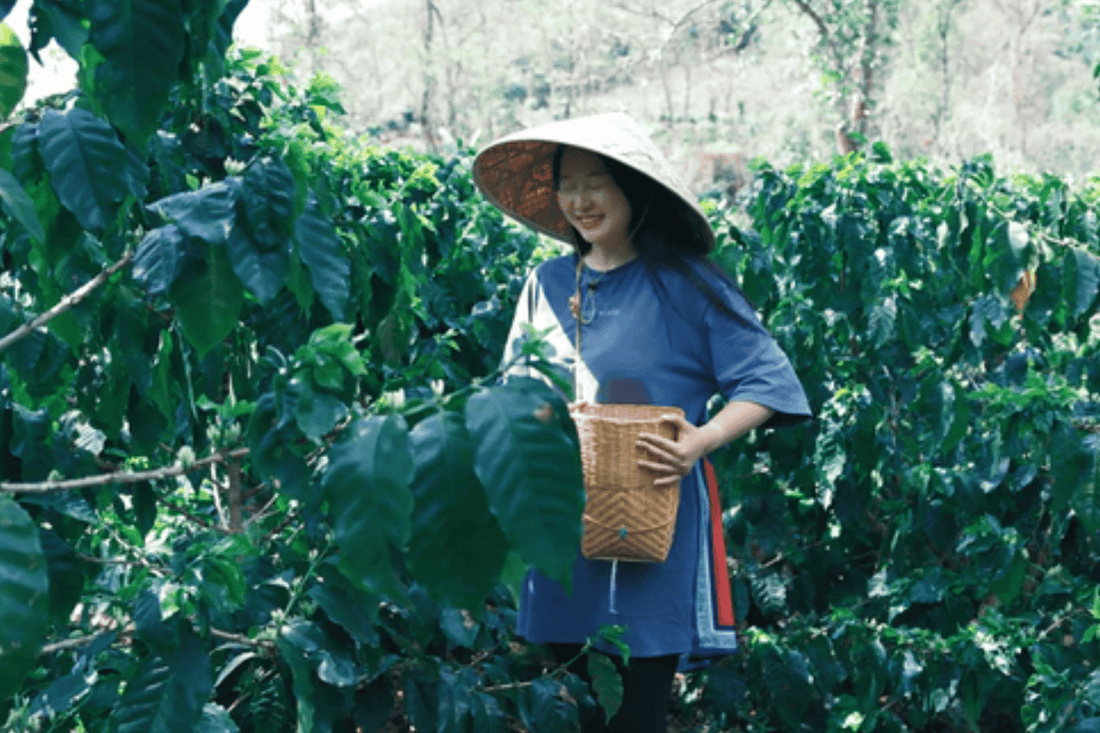Coffee plants were first introduced to China by French missionaries in the late 1800s. They were planted in the southern province of Yunnan, known for its temperate climate and elevations of up to 1,700 masl. Although approximately 120,000 hectares are currently cultivated for coffee, this crop is still considered small compared to tea. However, its local popularity and growing international interest are contributing to the expansion of the industry.
Today, there are three main coffee-growing regions in China that focus on arabica and robusta beans. Yunnan exclusively produces arabica coffee, while Fujian and Hainan are known for their robusta variety.
The Yunnan province features high-altitude mountains and a unique microclimate, which provide ideal growing conditions for coffee. Beans from this region typically have a medium body with pronounced acidity, accompanied by floral and fruity notes. Depending on the specific area within Yunnan, the flavour profile can vary; some beans may exhibit citrusy undertones, while others lean more towards chocolatey and nutty flavours.
Fujian coffee has its origins in the 19th century when it was first introduced by the Portuguese. This region produces coffee with complex notes, including floral, fruity, nutty, and chocolatey flavours, coupled with a smooth, velvety texture and bright acidity.
In contrast, Hainan has a tropical climate characterised by warmth and humidity. It exclusively grows robust coffee, which is known for its bold, full-bodied flavour, hints of nuttiness, and a smooth finish.
While Chinese specialty coffee is not yet mainstream in Australia, some roasters are beginning to showcase the best offerings from the region - China Mangshi | Pony Coffee Co

